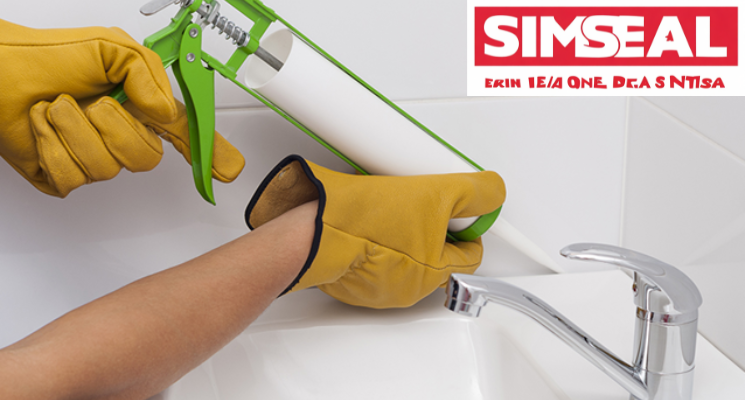Plumbing requires precision, and the use of sealants is a critical component in ensuring leak-free and durable connections. Whether you’re a professional plumber or a DIY enthusiast, knowing how to properly use sealants can save time, money, and potential headaches. Here are some professional tips to help you get the best results when using sealants in plumbing.
Choose the Right Sealant
The first step to successful plumbing is selecting the right sealant. There are several types of sealants available, each designed for specific applications:
- Pipe Thread Sealant (PTFE): Also known as Teflon tape, this is ideal for threaded connections. It’s easy to apply and provides a reliable seal.
- Pipe Dope: This is a paste-like sealant used for metal pipe joints. It’s excellent for high-pressure applications and provides a durable seal.
- Silicone Sealant: This is perfect for sealing around sinks, tubs, and other fixtures. It’s waterproof and flexible, making it ideal for areas exposed to water.
- Plumber’s Putty: Used for setting fixtures like sinks and faucets, it creates a watertight seal.
Prepare the Surface
Preparation is key to achieving a strong seal. Ensure the surfaces to be sealed are clean and dry. Remove any old sealant, dirt, or debris using a brush or cloth. For threaded connections, make sure the threads are in good condition and free from damage.
Apply the Sealant Correctly
Each type of sealant has its own application method:
- PTFE Tape: Wrap the tape clockwise around the male threads, overlapping each layer by about half. Three to four wraps are usually sufficient.
- Pipe Dope: Apply a thin, even layer to the male threads using a brush or your finger. Avoid over-applying, as excess can squeeze out and clog the pipes.
- Silicone Sealant: Use a caulking gun to apply a continuous bead along the seam. Smooth it out with a caulking tool or your finger dipped in soapy water.
- Plumber’s Putty: Roll the putty into a rope and place it around the fixture base. Press the fixture into place and tighten the nuts.
Allow Proper Curing Time
Sealants need time to cure and create a strong bond. Check the manufacturer’s instructions for the recommended curing time. Silicone sealant, for instance, usually requires 24 hours to cure fully. Avoid using the plumbing system until the sealant is completely set.
Avoid Common Mistakes
Here are some common mistakes to avoid when using sealants in plumbing:
- Over-tightening Connections: This can squeeze out the sealant and damage the threads, leading to leaks.
- Under-preparing Surfaces: Failing to clean and dry surfaces properly can result in a weak seal.
- Using the Wrong Sealant: Each type of sealant is designed for specific applications. Using the wrong one can compromise the integrity of the seal.
Test for Leaks
After the sealant has cured, test the connections for leaks. Slowly turn on the water and check for any signs of dripping or moisture. If a leak is detected, turn off the water and reapply the sealant as necessary.
Conclusion
Using sealants in plumbing is a fundamental skill that ensures long-lasting, leak-free connections. By choosing the right sealant, preparing surfaces, applying correctly, allowing for proper curing, and avoiding common mistakes, you can achieve professional-quality results in your plumbing projects. Always follow the manufacturer’s instructions and take your time to ensure a job well done.


Recent Comments